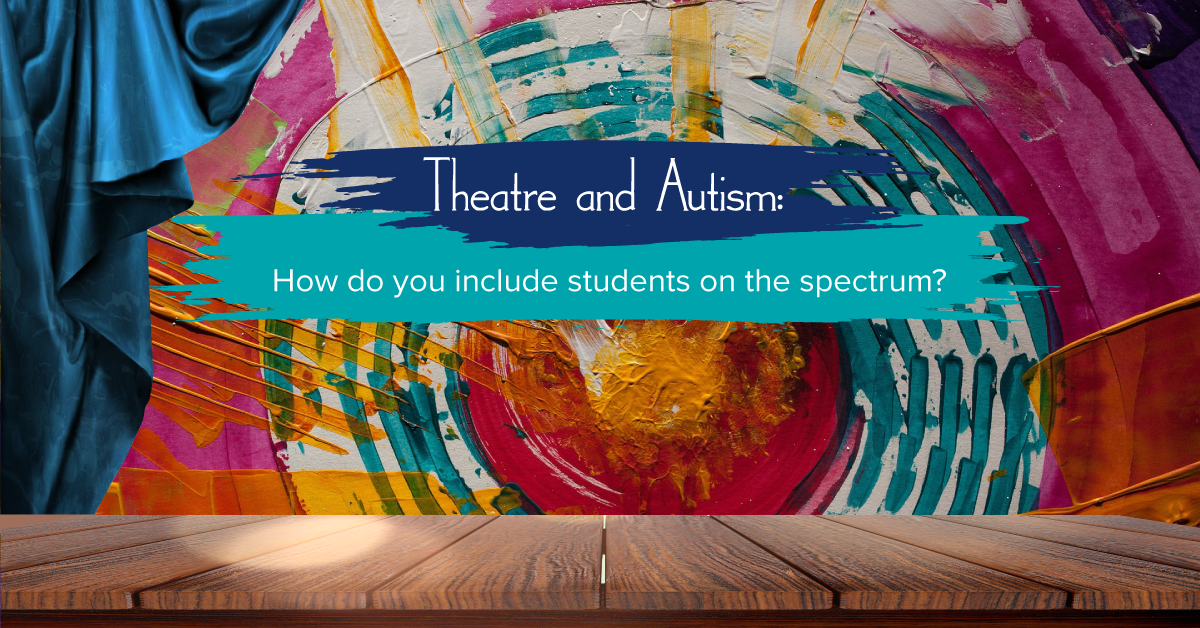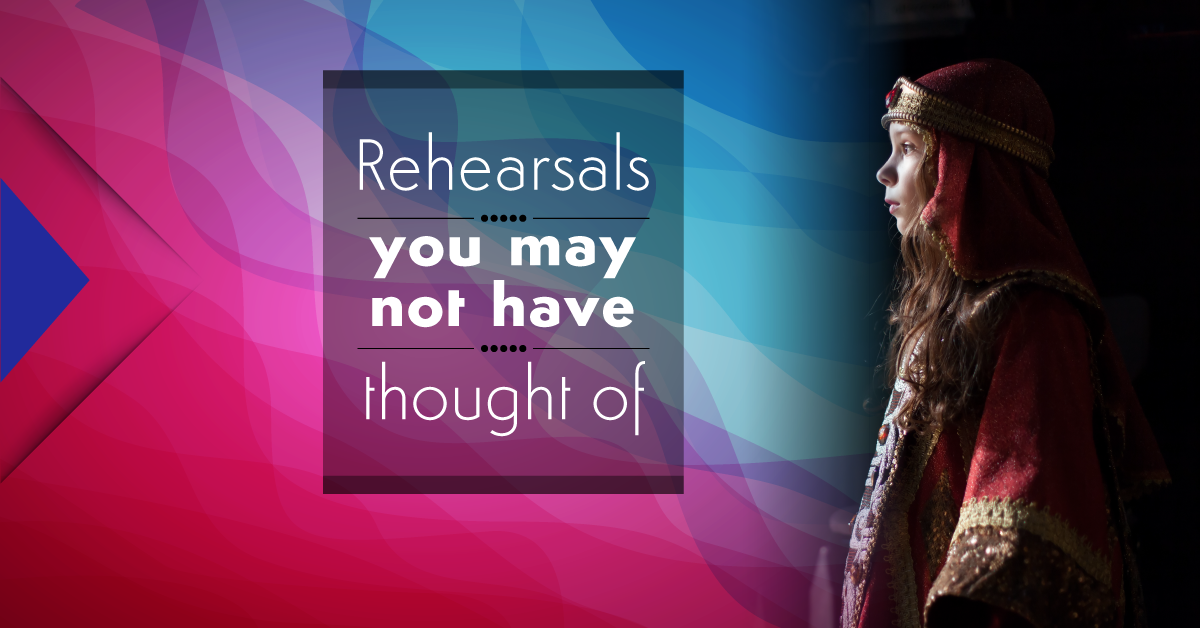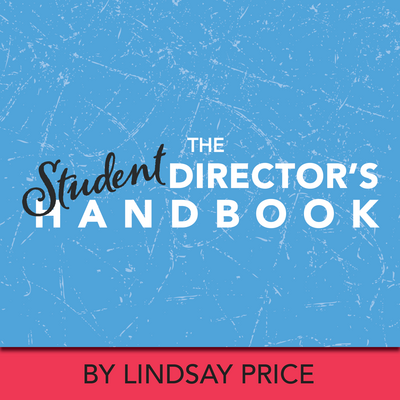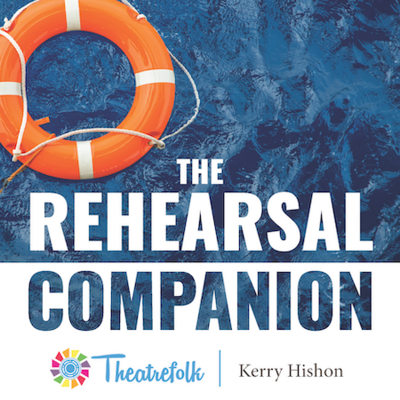Theatre and Autism: How do you include students on the spectrum?
How do Theatre and Autism fit together? Do you have students on the spectrum in your classrooms? Have you ever put on a sensory friendly performance?
All of these questions and more were answered in a Drama Teacher podcast with James Lekatz, program director of the CAST program (Creative, Accepting, Sensory-Friendly, Theatre) at the Stages Theatre Company in Hopkins, MN. We’ve shared a few highlights here to help you in your classroom.
Click here to listen to the full podcast!
How do you help a student who is on the spectrum make the most of the theatre classroom? What can the student do to make the most of the class?
Structure and schedule.
James says, “We make sure that students know what we are doing every day and make sure it’s very clear. I’ve used this in all my classes now because it works really well as a schedule of events…”
Many students on the spectrum are meticulous. They need to know exactly what is going to happen in the class so they can prepare themselves and know that A goes to B, B goes to C, C goes to D. You can help them by ensuring a consistent and constant schedule.
Patience and understanding.
James relates, “Being able to work one-on-one with students on the spectrum is really useful and being able to ask questions helps navigate a situation.”
After you’ve given instructions to the group, connect with the student one on one. For example: “Did you understand what’s happening?” “Yes.” “Do you know what you need to do next?” “No.” “Oh, okay. So, go find a partner and sit down and talk about A, B, and C. Great. There you go.”
Giving that extra support to each student will help them to thrive in the classroom. Breaking it down to the smallest step is essential as asking for a partner might be a huge barrier for a student. Explaining the ‘how’ is very important.
Use physical tactics.
James explains, “With my students on the spectrum, I say, “I’m going to come up to you. Can I touch you to help move your body around?” If they say no, I just say, “Watch my body.” If they say yes, then you can go ahead and do it, but I always ask them permission first.
Physical theatre is acting from the outside in, even if a student is unable to start on their own – i.e. “I don’t know how an angry person looks.”
The teacher can model: “Well, look at my body. I’m going to start in actor neutral,” which is a great place to always start from when working with physical theatre, “And, now, I’m going to be angry.” So, I’m going to tense up my body. “See how my body is tensing?” Ask them, “Can you see my body is tensing? Tense up your body. Okay, now, relax. Now, I’m going to change my posture. My shoulders are going to come up and I’m going to keep my body tense. Do you see how that is changing?” If they say no, then you can help them move their body to that way.
You can use the physical approach of how our body replicates emotions and have that be the starting point for students to create characters and stories from.
Find peer mentors.
James suggests: “If you are able to have peer mentors in your classroom as well, having a neurotypical student in the classroom helping model, it achieves so much more than just having a teacher or two adults in the classroom. Modeling is very, very, very important.”
Further to working with students in a class setting, James has four years experience of putting on sensory-friendly performances. Would you like to do the same?
Want to learn more? Listen to the entire interview or read the transcript here.
UPDATE FALL 2018: James Lekatz is now the Artistic Associate at Interact Center for the Visual and Performing Arts. The mission of Interact is to create art that challenges the perception of disability.
The Student Director's Handbook
by Lindsay Price
Help students take their show from first audition to opening night with The Student Director’s Handbook. This easy-to-use ebook is full of guidelines, tips and templates designed to help students create a vision, circumvent problems and organize rehearsals on their way to a successful production.
The Rehearsal Companion
by Kerry Hishon
You’ve chosen the play, paid the royalties, done the script analysis, held your auditions, and cast the show. Tomorrow is the first rehearsal. Are you ready? Really ready? The Rehearsal Companion can help!





